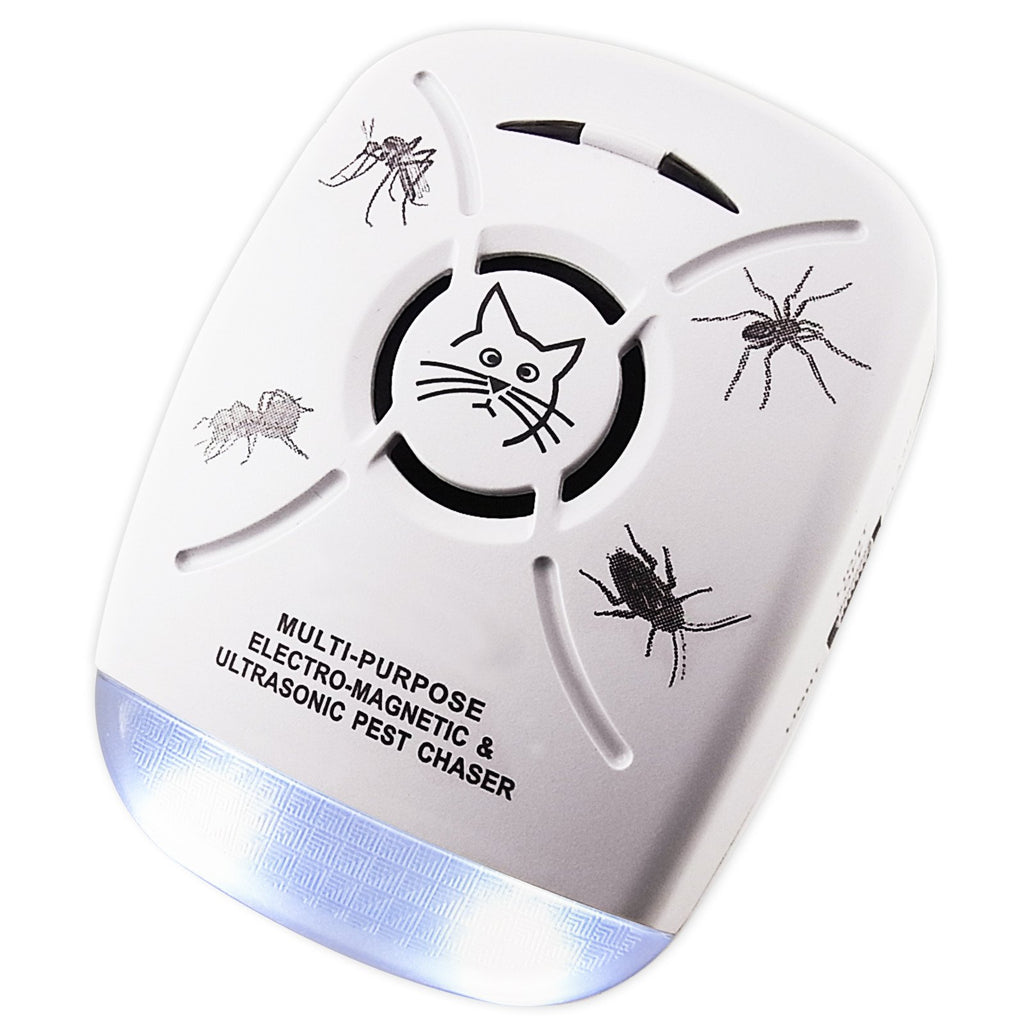What Does Pestwise Do?
What Does Pestwise Do?
Blog Article
How Pestwise can Save You Time, Stress, and Money.
Table of ContentsNot known Factual Statements About Pestwise See This Report on Pestwise9 Easy Facts About Pestwise ShownNot known Details About Pestwise Pestwise for Beginners7 Simple Techniques For PestwiseThings about Pestwise

Q. Specify "incorporated insect administration" (IPM) and checklist numerous possible control tactics that may be used in an IPM method. A. Integrated bug management is the incorporating of ideal bug control methods into a single plan to decrease insects and their damage to an appropriate degree. Insect control strategies may include: host resistance, organic control, social control, mechanical control, cleanliness, and chemical (pesticide) control.
Indicators on Pestwise You Need To Know
What can you do to maintain the pests you are trying to regulate from ending up being immune to the chemicals you utilize? A. Insect resistance can be lowered by making use of integrated pest administration and turning the kinds of pesticides used.
Parasites are a critical hazard to the farming company, and incorporated insect monitoring assists cultivators address and mitigate these dangers. Integrated bug management makes use of numerous techniques in complex, hence being a more efficient remedy to the concern. Termite Control. Specifically, eliminating aggressive chemical methods enables for lessening damage to individuals and the setting by making use of all-natural and safer options rather
Excitement About Pestwise
The goal of integrated insect monitoring is to decrease this damage and control acceptable problem degrees as opposed to remove all unwanted populaces. This is why it is necessary to recognize what actions are warranted in each instance and usage aggressive ones only when other incorporated monitoring strategies don't work. Integrated administration reduces the negative effects of a non-IPM method, and the main advantages of IPM Advantages of IPM.
A correct understanding of the infestation extent identifies if the issue must be dealt with. are the next elements of an IPM program because it is necessary to recognize if the microorganisms make potential dangers and pick the incorporated monitoring choices or the details pesticide use. plan to minimize problems by applying various agronomic methods.
Pestwise Can Be Fun For Everyone
Integrated monitoring options in an IPM program start with safer to more aggressive ones. The above-mentioned integrated administration facets aid understand how to prepare and execute an IPM program action by step: Screen your plants on a regular basis.
To name a few, IPM social approaches consist of the complying with field management strategies: soil therapy; selection of suitable plants; crop rotation; interplanting or strip cropping; choice of planting dates; weed control; use of trap plants. Positive dirt problems quicken plant development, and strenuous plants are more resistant to invasions. Wasp Nest Removal. In incorporated pest management, soil testing aids recognize if the field appropriates for the manufacturing of this or that crop, and after that use the lacking nutrients to make certain plant healthy growth
Pestwise Things To Know Before You Get This
No-till techniques aid protect against dirt disintegration, adding to lasting farming. Nonetheless, when tilling is essential, it is recommended to conduct it in the autumn to reveal them to all-natural adversaries and extreme weather. Healthy plants and seeds predetermine successful crop advancement, so it is essential to pick pest-free planting product with solid origins.
Hence, to name a few applications, crop turning can be effectively used as an incorporated pest administration technique. Vermin spread out slower if rows of different crop types separate their host plants in intercropping or strip chopping, which is additionally used in the integrated bug monitoring system. Alternatively, invasions increase when plants of the exact same plant type or family members grow together.
, as well as tomatoes. Planting catch plants in spots is an additional choice for IPM intercropping. This integrated pest monitoring approach suggests attracting pests to specific plants and after that managing them with chemical or mechanical methods.
Facts About Pestwise Revealed
Obstacles are normal examples of physical IPM approaches. Let's take a closer consider them. Getting rid of or picking parasites out by hand is a time and labor-consuming option that is extensively applied in integrated monitoring and organic farming. Fully grown bugs or their eggs and larvae are collected by hand and damaged.

Division of Plant Sciences. This integrated administration approach indicates this a common way of ruining parasites by predators, parasitoids, pathogens, and other organic control representatives (aka antagonistic microorganisms). The duty of biological control in IPM is to.
Pestwise for Dummies
With time, their populace transformed out to be an actual nuisance to farmers together with native kangaroos or dingoes. The walking stick toad is one more situation showing incorporated organic control failing hereof when it declined to hunt the target species and became an insect itself. Parasitoids create on or within their hosts to eventually kill them after maturing.
Report this page